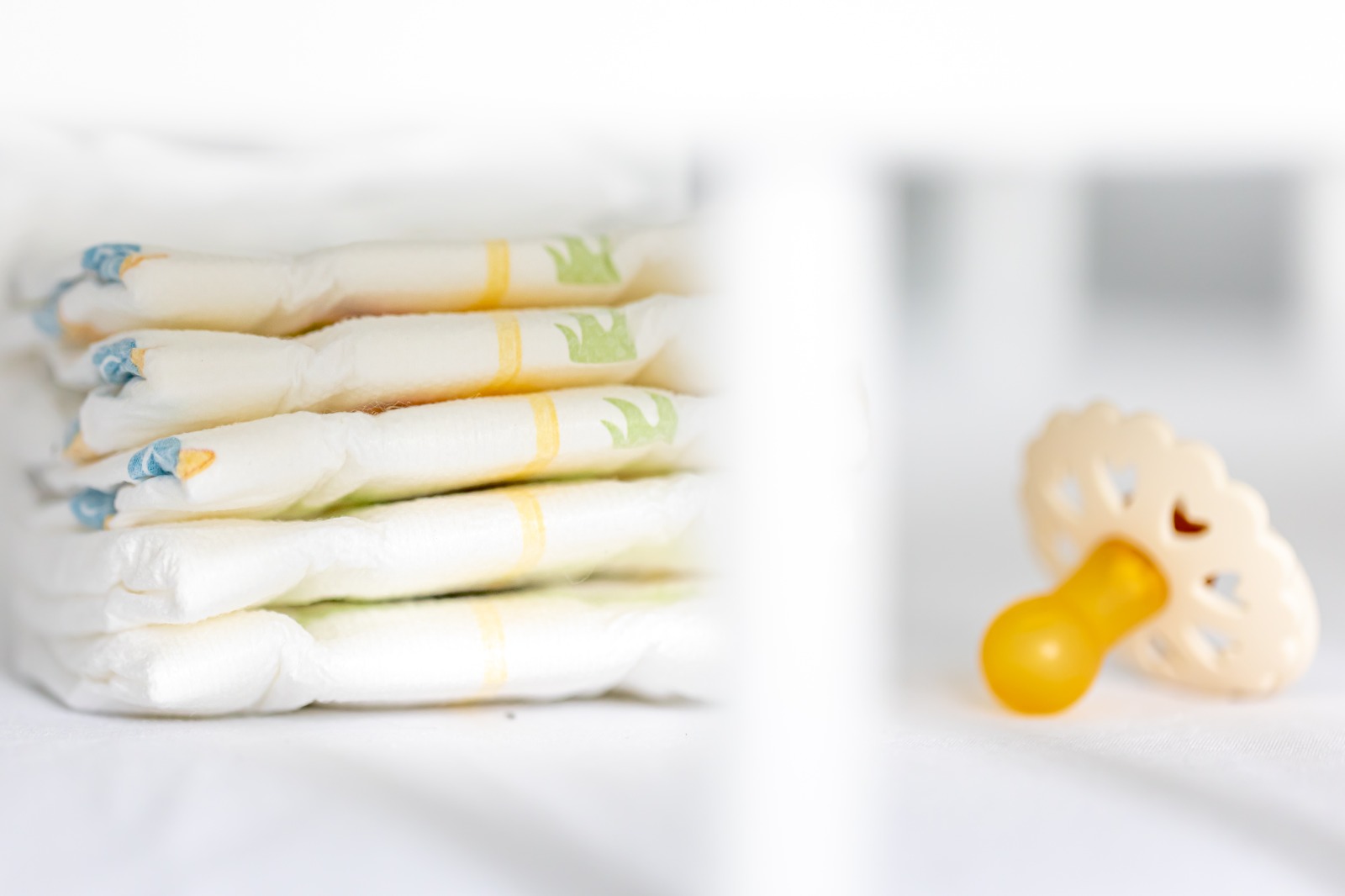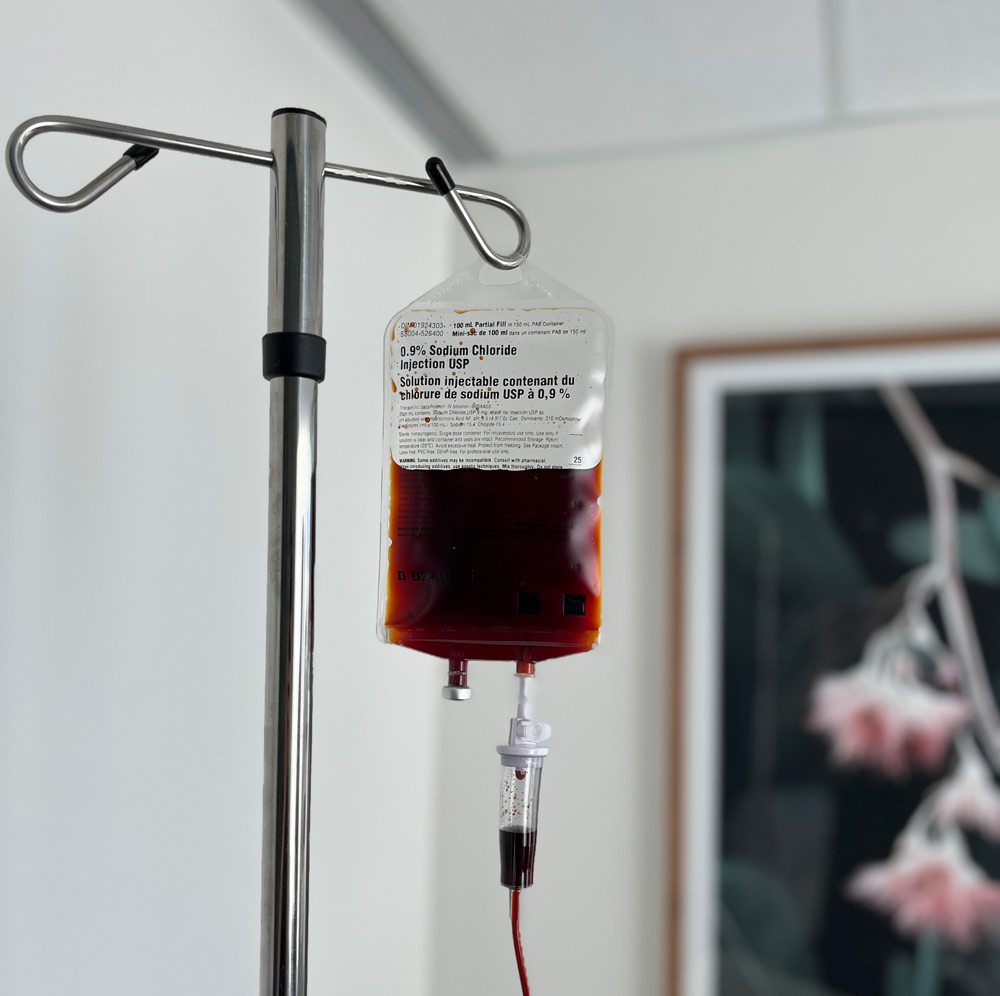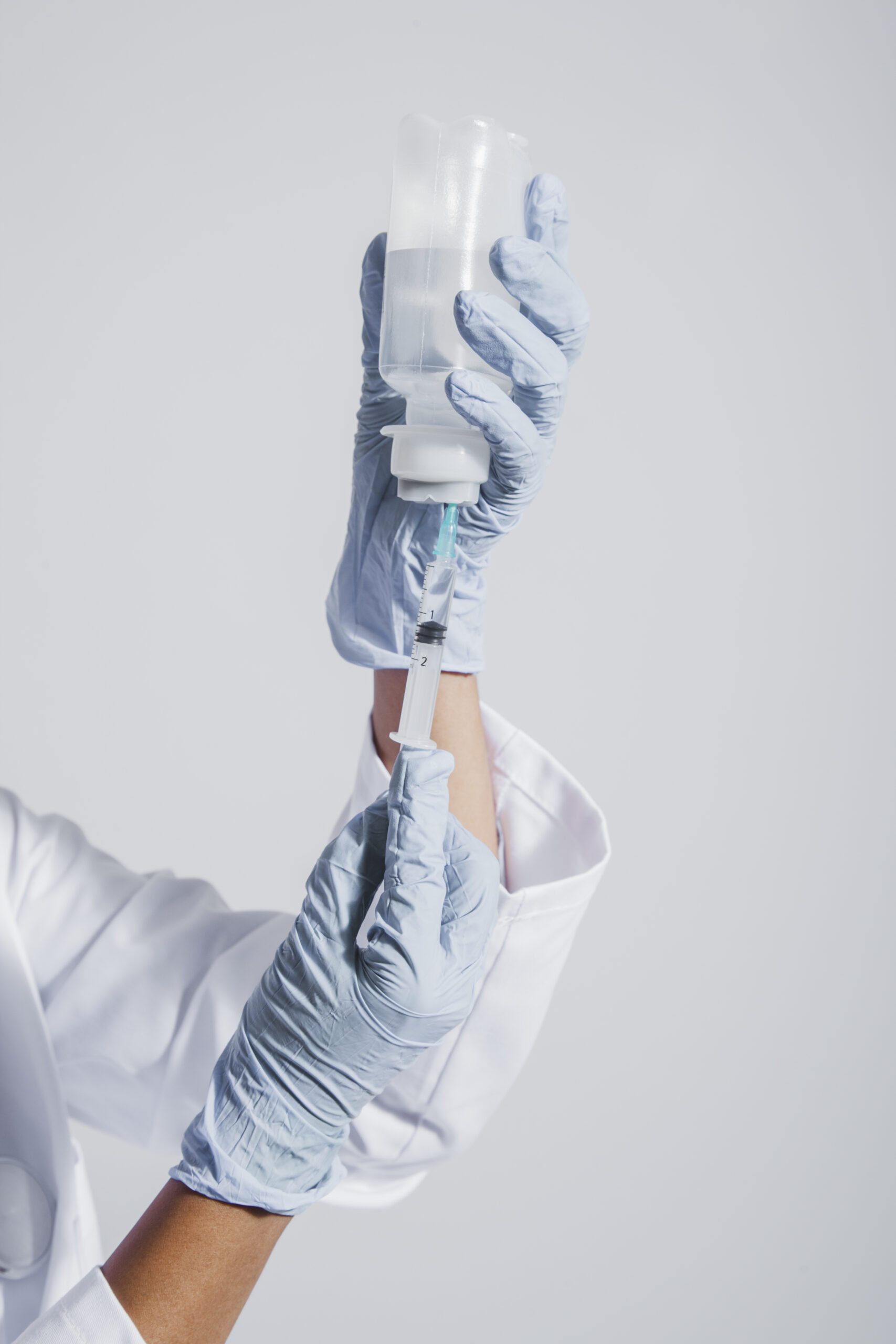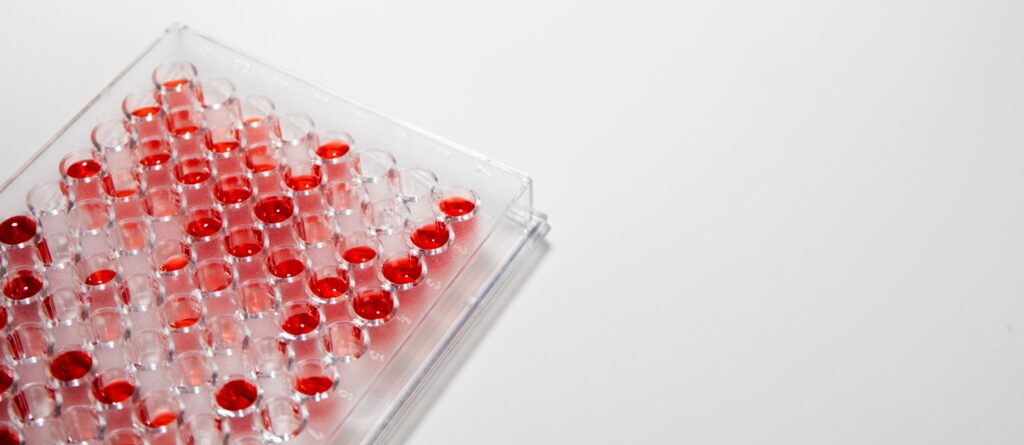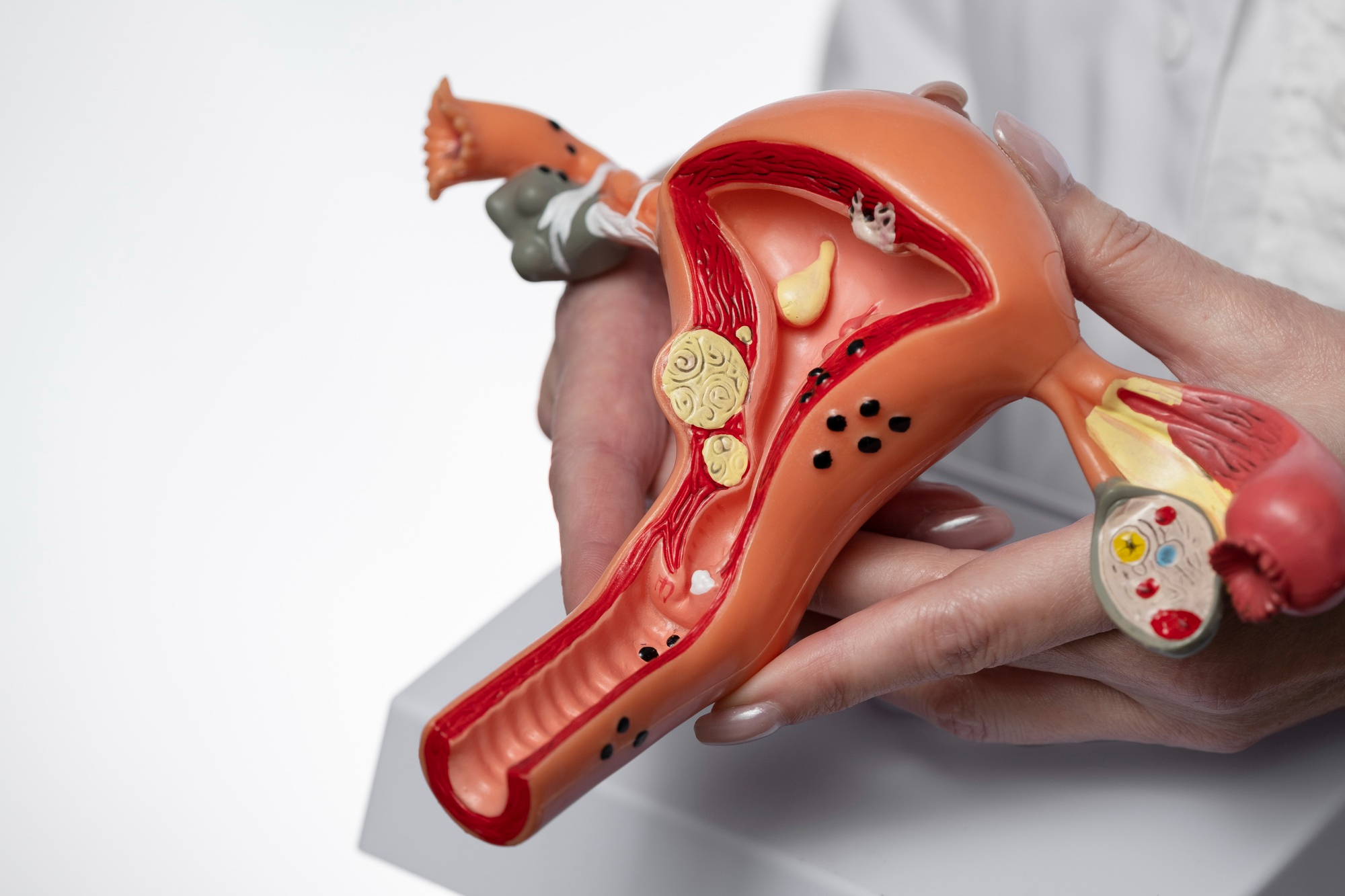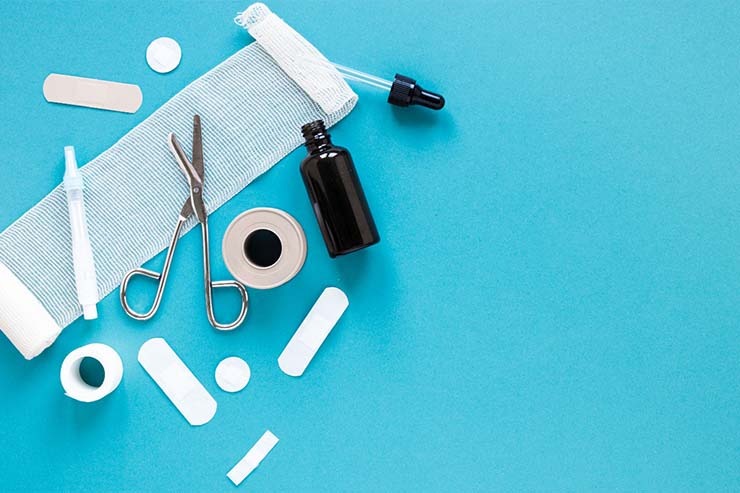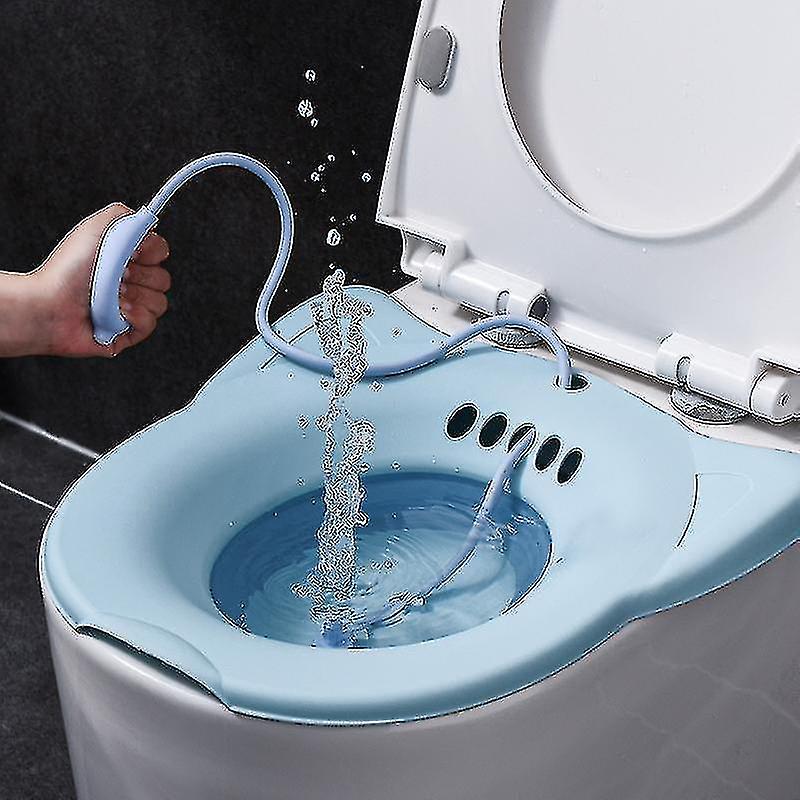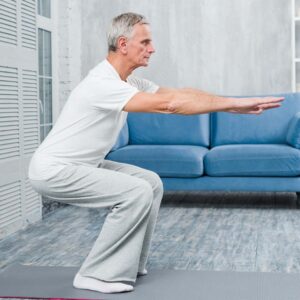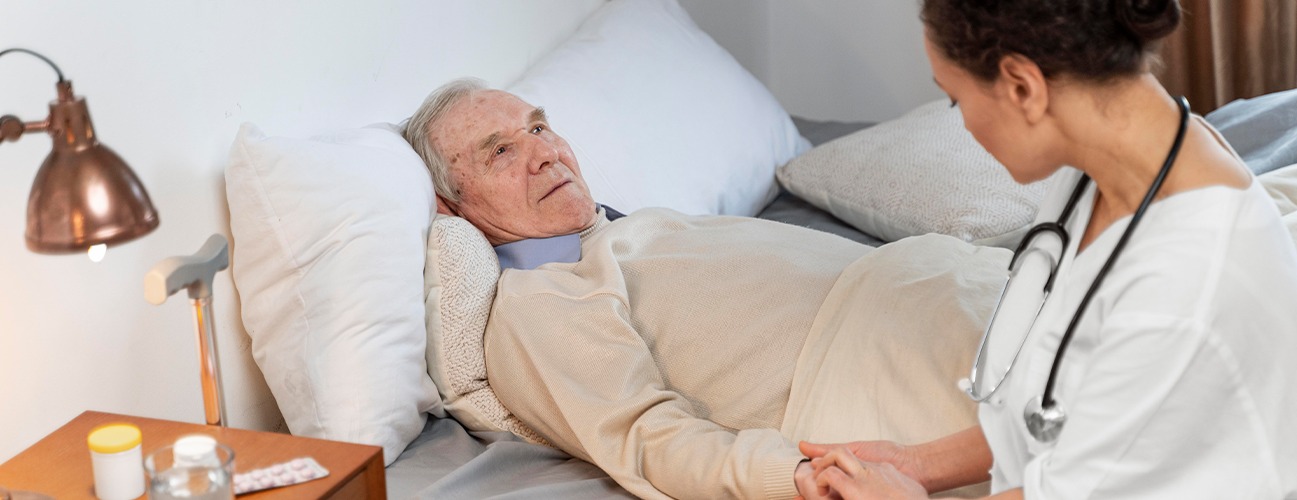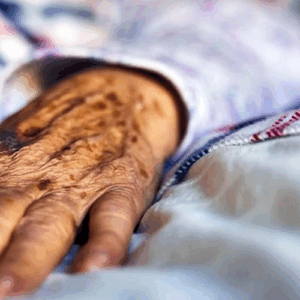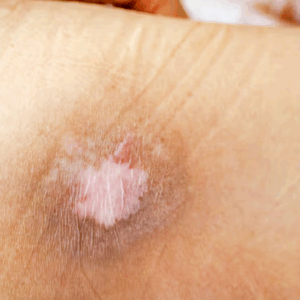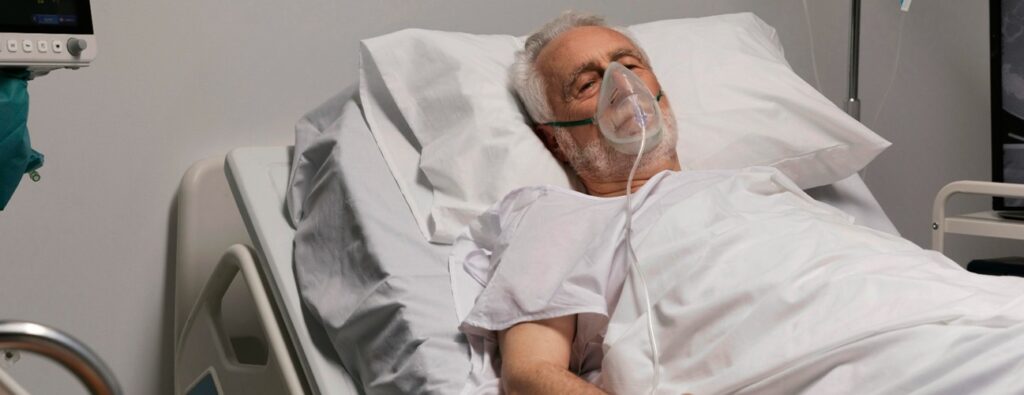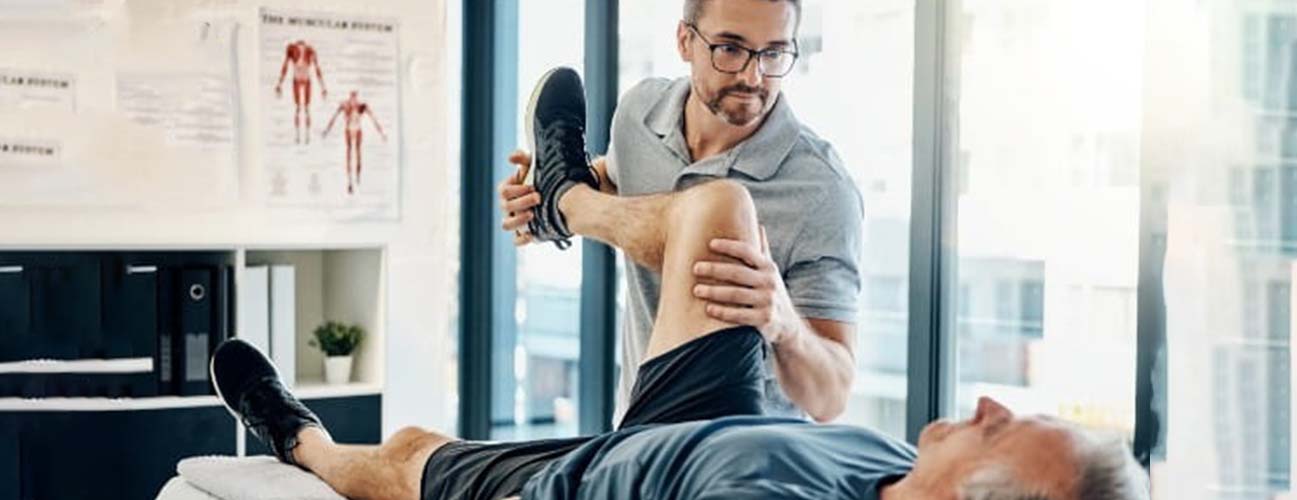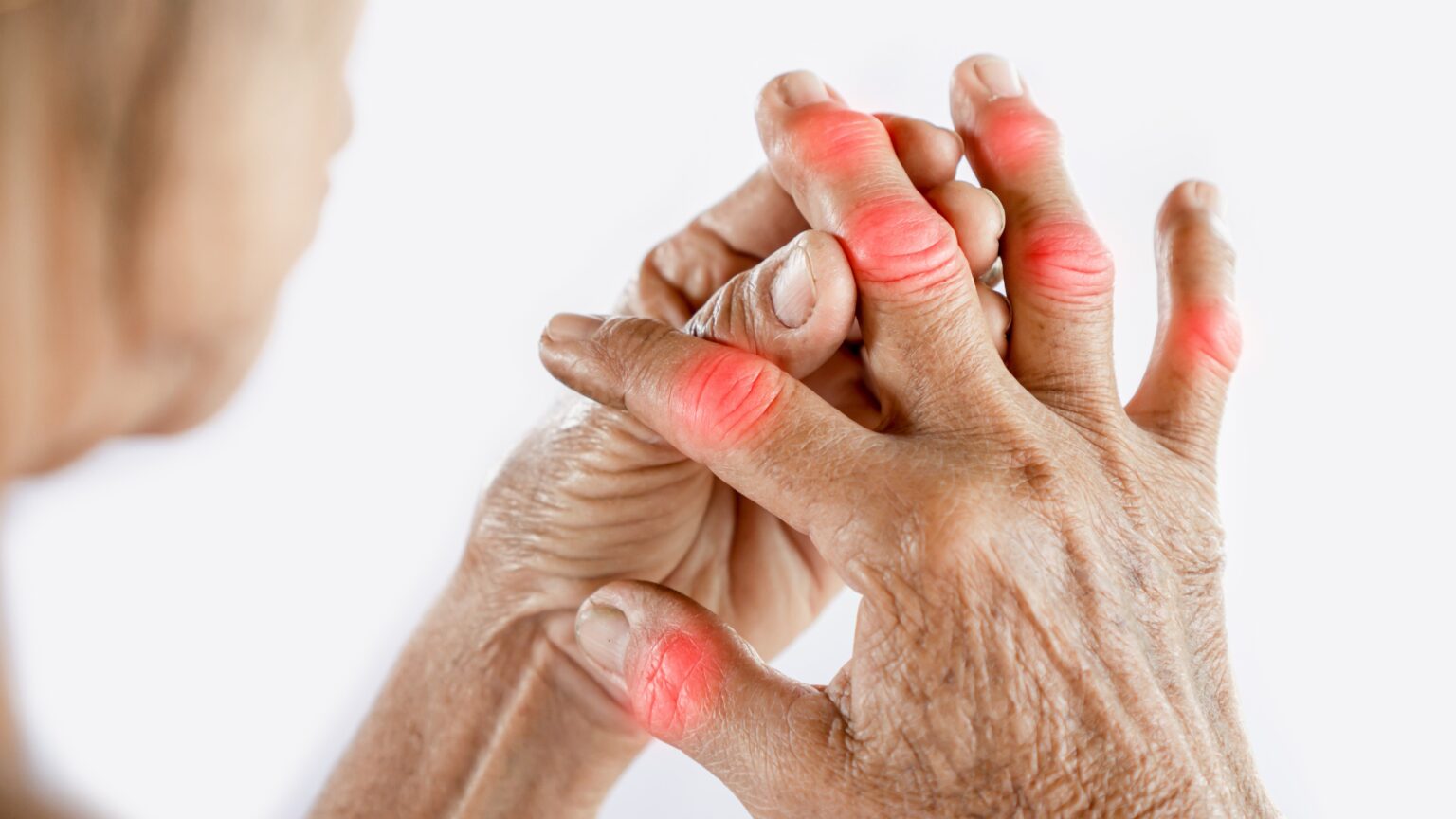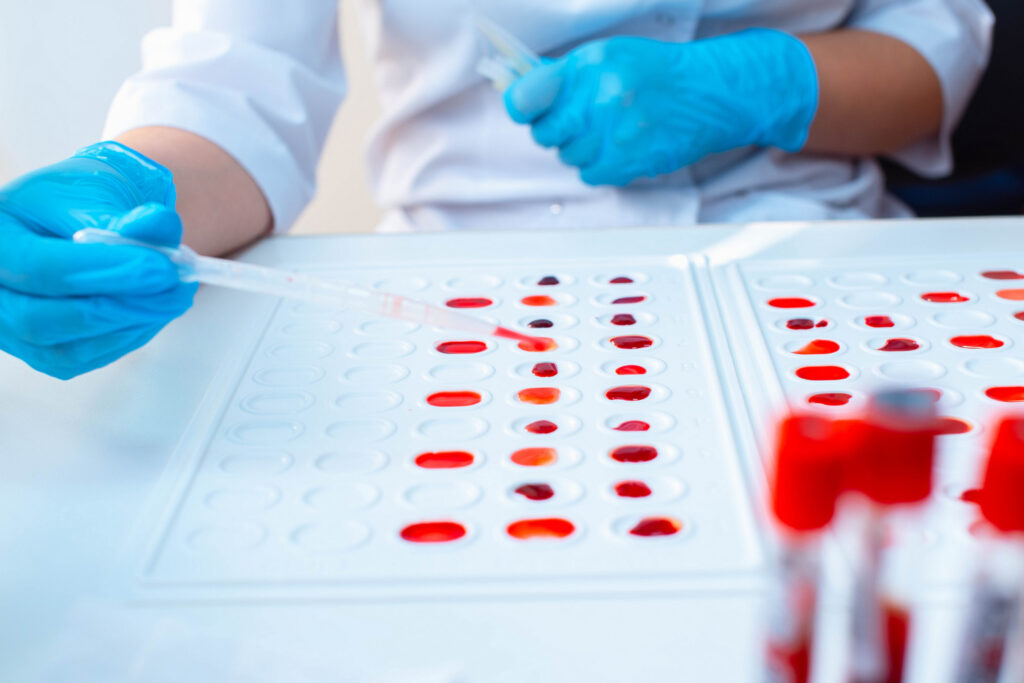
Newborn Safety Checklist: How to Prepare Your Home in Dubai Before Baby Arrives
Preparing to welcome a newborn into your home is both exciting and overwhelming. For parents in Dubai, where climate, architecture, and lifestyle differ from other regions, safety preparations require careful planning. Creating a safe, nurturing environment for your newborn is a crucial part of postnatal care. While prenatal support often takes center stage, newborn safety and postnatal readiness are just as important. This guide from Eureka Home Health Care Center will walk you through the essential steps to prepare your home, with locally relevant insights, medically reviewed advice, and practical tips to ease your journey into parenthood.
What Is Newborn Safety and Why Is It Important?
Newborn safety involves creating a secure and hazard-free environment that supports your baby’s health, hygiene, comfort, and development. In Dubai, where modern lifestyles blend with cultural traditions, ensuring a safe space also includes adapting to high temperatures, villa or apartment layouts, and the availability of home healthcare services.
Neglecting newborn safety can increase risks of accidental injuries, infections, or developmental delays. According to the American Academy of Pediatrics and Dubai Health Authority (DHA), many household incidents involving infants are preventable with proper planning and awareness.
How to Prepare Your Home for a Newborn in Dubai
1. Safe Sleeping Environment
A safe crib is non-negotiable. Make sure the crib:
- Has a firm mattress that fits snugly
- Is free from pillows, bumpers, and loose bedding
- Meets safety standards (look for ASTM or ISO certification)
Temperature Control: Given Dubai’s heat, keep the baby’s room well-ventilated and maintain a comfortable room temperature (around 22–24°C). Use blackout curtains and baby-safe fans or air conditioning.
2. Nursery Setup and Layout
Organize the nursery to prevent clutter and ensure quick access to essentials.
- Store diapers, wipes, and creams within arm’s reach
- Use childproof furniture and secure drawers
- Avoid wall-hangings or decor that could fall near the crib
3. Babyproofing Essentials
Babyproofing is an ongoing process, but it begins before birth.
- Use outlet covers and cabinet locks
- Secure all heavy furniture to walls
- Remove choking hazards and small objects
In villas or apartments with stairs, install baby gates well in advance.
4. Hygiene and Sanitization
Newborns have delicate immune systems. In Dubai’s dusty climate, hygiene is key.
- Disinfect surfaces frequently (especially feeding and changing areas)
- Use air purifiers with HEPA filters for clean indoor air
- Wash baby clothes separately using mild detergents
Also, if you have domestic help, train them in hygiene protocols.
Professional Home Healthcare Services in Dubai
Home nursing services in Dubai play a key role in supporting newborn safety. DHA-licensed nurses from trusted providers like Eureka help new parents with essential hygiene practices, ensuring feeding areas, baby bottles, and sleeping spaces are properly disinfected and safe. These nurses also guide families on maintaining a clean environment, monitoring the baby’s health, and establishing safe handling routines. This professional support is especially helpful for families without nearby relatives or for first-time parents who want peace of mind in the early weeks.
When Should You Start Babyproofing?
It’s ideal to start babyproofing and organizing your home during the third trimester. This gives you enough time to buy and set up safety items, rearrange furniture for better accessibility, and plan any healthcare professional visits if needed. Once the baby arrives, your schedule can become overwhelming, so preparing early helps reduce stress and ensures a safer, more comfortable environment for your newborn.
Why Culturally-Aware Care Matters in Dubai
Multicultural households in Dubai benefit from postnatal care that respects different languages, traditions, and expectations. For example:
- Understanding local beliefs about postpartum confinement
- Respecting dietary restrictions or preferences for traditional postnatal foods
- Offering flexible visiting hours for extended family
Having healthcare providers and newborn specialists who understand these sensitivities can ease communication and build trust.

FAQs: Answering Parents’ Most Common Questions
Flying with a newborn can feel stressful, especially for first-time parents or those traveling long distances. A travel nurse can provide both medical and emotional support throughout your journey, making the experience safer and more manageable.
Benefits of Having a Travel Nurse
- Health Monitoring: A travel nurse can monitor your baby’s breathing, feeding, and overall comfort during the flight.
- Emergency Preparedness: In case of unexpected symptoms like fever, vomiting, or difficulty breathing, a nurse is trained to respond quickly and appropriately.
- Feeding and Medication Support: If your baby requires special feeding methods, medications, or has health conditions, a nurse can handle these with confidence.
- Stress Reduction: With a professional taking care of your baby’s health, parents can feel more at ease and focus on other aspects of the trip.
- Help with Jet Lag and Routine Transition: After the flight, a nurse can assist in helping your baby adjust to new time zones and sleeping schedules.
When to Consider Hiring a Travel Nurse
- If your newborn has medical needs or was born prematurely
- If you are traveling alone without another adult
- If it is a long haul or international flight
- If you want peace of mind during a major relocation or emergency trip
Having a travel nurse by your side adds an extra layer of safety and comfort, ensuring both you and your newborn reach your destination in the best possible condition.
FAQs: Answering Parents’ Most Common Questions
What are the must-have safety items for a newborn in Dubai?
- Crib with breathable mesh sides
- Baby monitor with room temperature display
- Electrical socket covers
- Window guards (especially in high-rise buildings)
How can I ensure my baby’s room is cool enough during summer?
Use blackout curtains, fans, and regulated AC to maintain a temperature around 22–24°C. Dress your baby in light, breathable fabrics like cotton.
Can I get professional help for newborn care at home?
Yes. DHA-licensed home healthcare providers like Eureka offer services ranging from lactation support to baby massages, available 24/7.
How do I clean baby bottles and toys safely?
Use hot, soapy water or sterilizers. Disinfect toys regularly with baby-safe, non-toxic cleaners.
Is it safe to have visitors after birth?
Limit visits for the first few weeks. Encourage hand washing and avoid allowing sick guests to hold the baby.
Creating a Safe Haven for Your Baby
Bringing a baby home in Dubai means adapting to your living space, culture, and climate to ensure their safety and comfort. Whether you live in a spacious villa or a high-rise apartment, the essentials remain the same: a clean, calm, and secure environment supported by professionals when needed. Investing time in safety preparation now means greater peace of mind and a smoother transition into your beautiful new chapter of life.
If you’re unsure where to begin, consult with your pediatrician or reach out to Eureka Home Health Care Center for DHA-licensed newborn care professionals who can guide you step-by-step.





